What Fluorescent Light Does To Video?
When it comes to recording video, one of the most important considerations is lighting. Fluorescent lighting is commonly found in many environments, but it poses unique challenges for videographers. In this article, we'll explore what fluorescent lighting does to video, how it impacts the quality of your footage, and what you can do to mitigate any adverse effects.
To start, let's break down the primary effects of fluorescent lighting on video:
Flickering and Banding
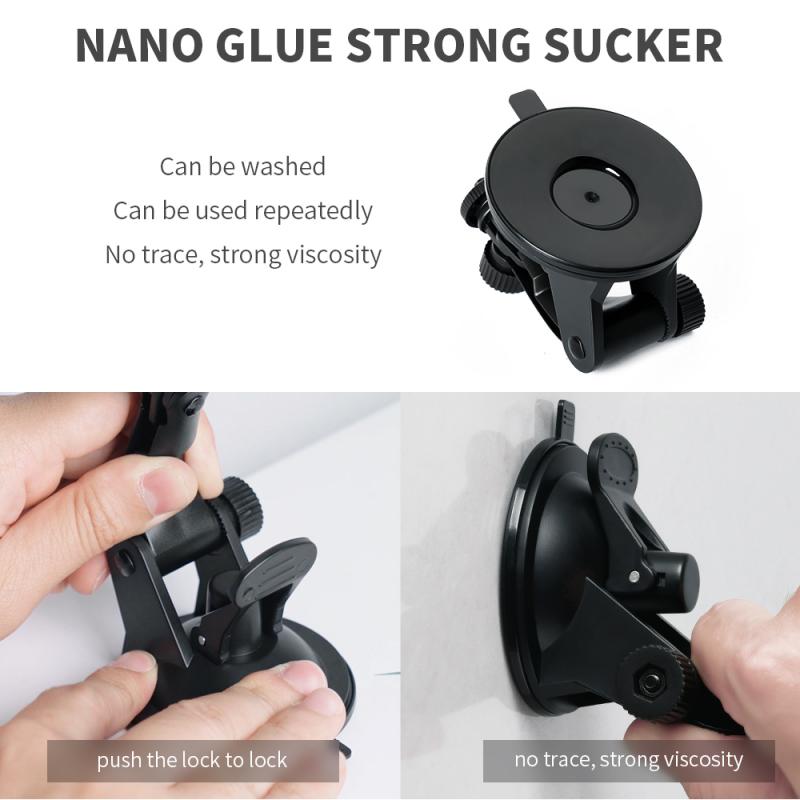
One of the most noticeable issues with fluorescent lighting is flickering and banding. Fluorescent lights operate on an alternating current (AC), and as a result, they flick on and off at a frequency determined by the power supply—usually 50 Hz or 60 Hz, depending on your location. Cameras can pick up this flickering, leading to visible bands of light and dark areas moving across your video. This effect is more noticeable if the camera's shutter speed is not synchronized with the frequency of the fluorescent lights.
Color Temperature
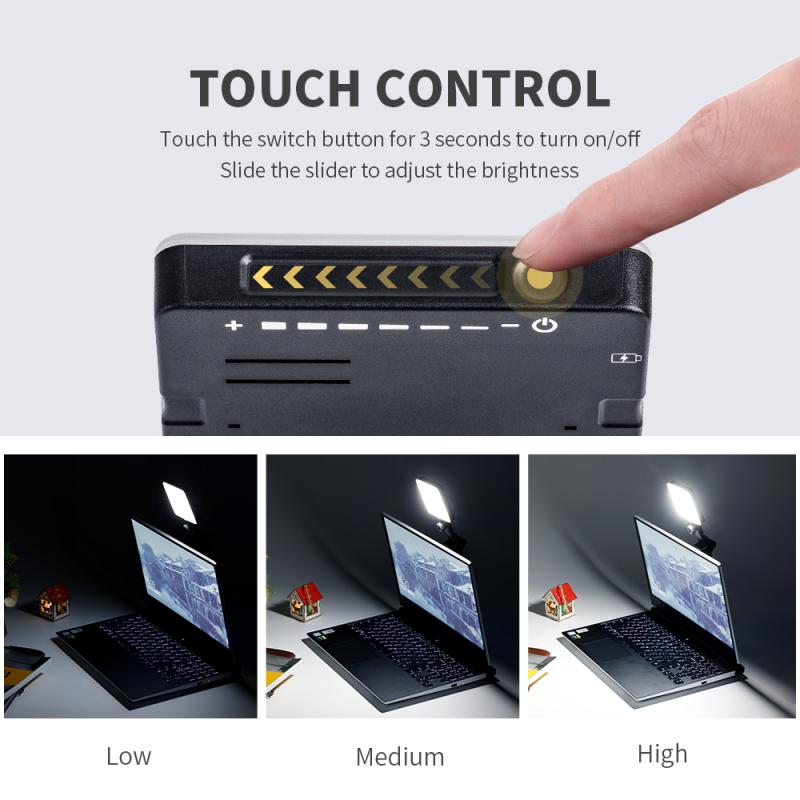
Another issue is color temperature. Fluorescent lights often have a different color temperature compared to natural daylight or other types of artificial light. They can make your video appear greenish or have other color casts that can be distracting. This is often referred to as the "green spike" characteristic of fluorescent lights. Different types of fluorescent bulbs emit different color temperatures, which can make color balancing in post-production a challenge if you're working in mixed lighting conditions.
Inconsistent Lighting
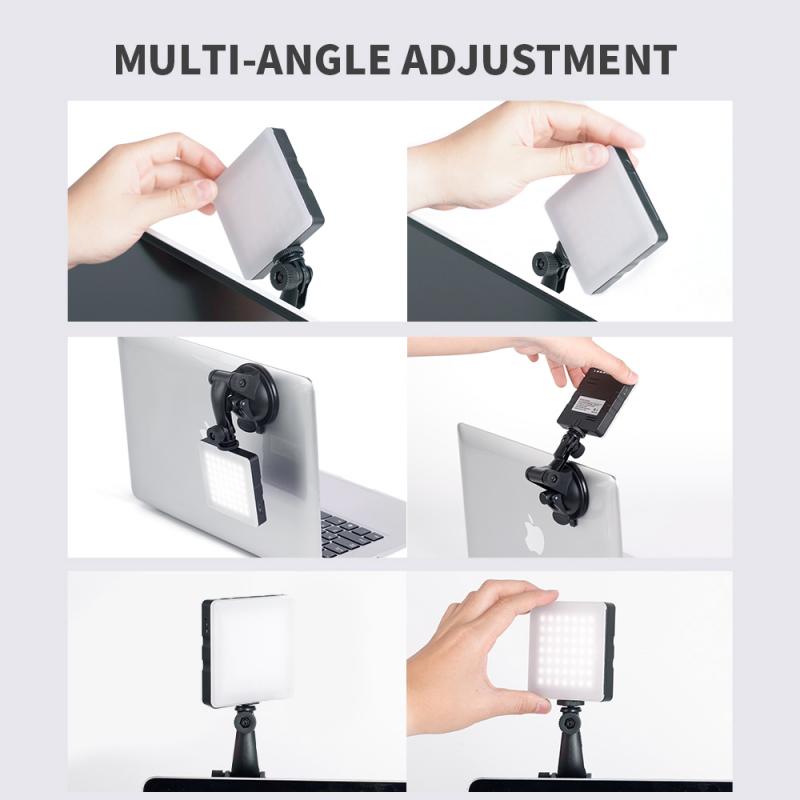
Fluorescent lights can also be inconsistent in their light output over time. This inconsistency can manifest as fluctuating brightness levels, which can make your video appear unsteady and unprofessional. While this is less common in modern high-quality fluorescents, it can still be an issue with older or cheaper models.
Practical Solutions
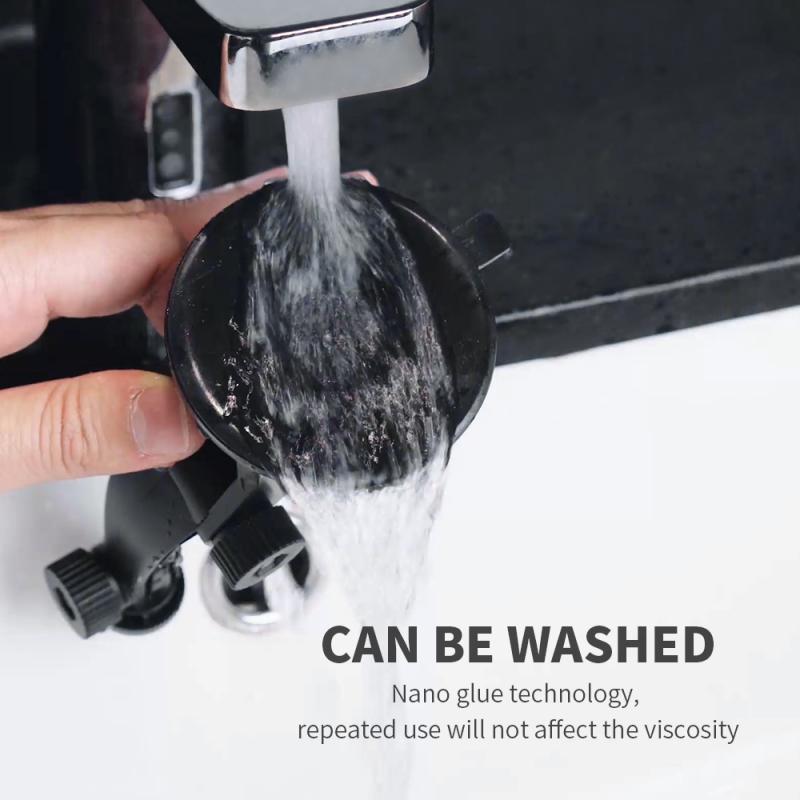
Now that we've outlined the main issues, let's look at some solutions that can help you mitigate these problems.
Synchronizing Shutter Speed
To reduce flickering and banding, you can try synchronizing your camera's shutter speed with the frequency of the fluorescent lights. For example, in a location with 60 Hz power supply, setting your shutter speed to multiples of this frequency (like 1/60, 1/120, etc.) can help. However, achieving this perfect synchronization can be tricky, and sometimes other adjustments need to be made to find the best setting for your specific environment.
White Balance Correction
Adjusting your camera's white balance settings can help correct the color temperature issues caused by fluorescent lights. Many cameras come with a preset for fluorescent lighting, which can neutralize the greenish tint. Alternatively, you can set a custom white balance using a white or grey reference card inside the environment you'll be shooting in. Post-production color correction is another solution, but it is always better to get as close to the ideal settings as possible during the shoot.
Using Diffusers and Softboxes
Using diffusers and softboxes can help soften the harsh light emitted by fluorescent bulbs, making it more consistent and reducing some of the color temperature issues. These tools scatter the light more evenly, which can create more flattering illumination and reduce the risk of hotspots or shadows.
Upgrading to Balanced Fluorescents
There are fluorescent lights designed specifically for video production that have better color rendering indices (CRI) and more stable light output. Investing in these can significantly reduce many of the issues discussed. Look for bulbs that are labeled as "daylight balanced" to ensure a closer match to natural light.
External Lighting
If fluorescent lighting continues to be a significant problem, consider supplementing or replacing it with external lighting sources that you can control more precisely. LED panels or traditional tungsten lights, although they have their own sets of considerations, are more predictable and easier to manage.
Fluorescent lighting can pose several challenges for videographers, but understanding these issues and how to address them can go a long way in improving the quality of your videos. Flickering and banding, inconsistent lighting, and color temperature issues can all be managed with the right techniques and tools. Synchronizing shutter speed, adjusting white balance, using diffusers and softboxes, upgrading to professional-grade fluorescent bulbs, or even using alternative lighting sources can all make a significant difference. By implementing these strategies, you'll be better equipped to handle fluorescent lighting and produce videos that look professional and polished.


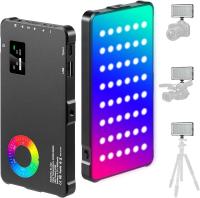
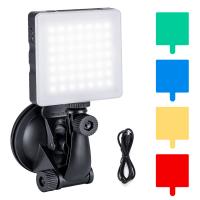

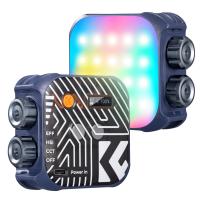
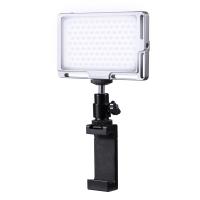
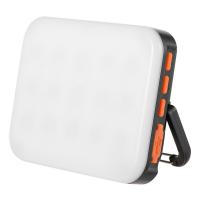

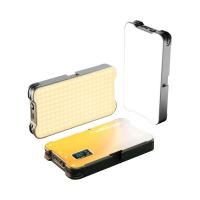

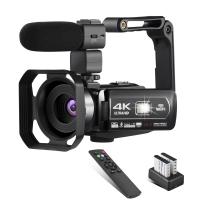
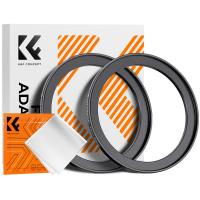


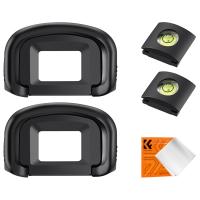

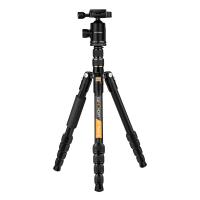
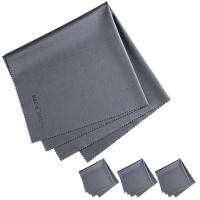
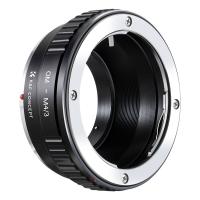
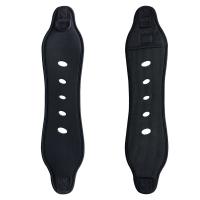


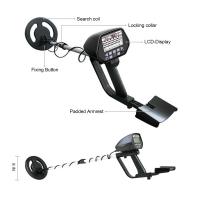
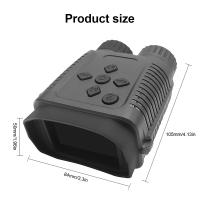
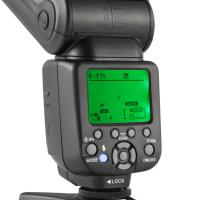
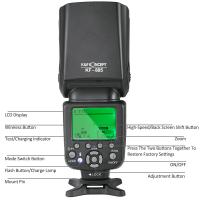

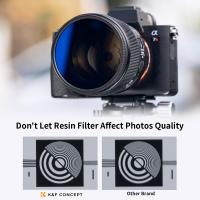


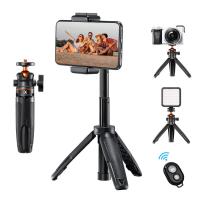

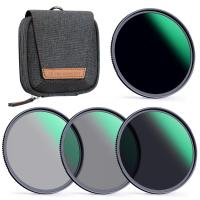
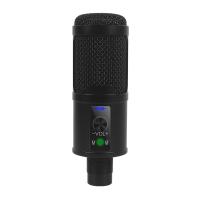

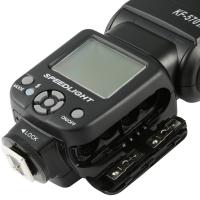
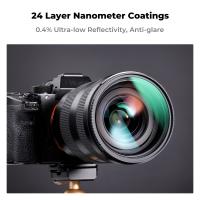

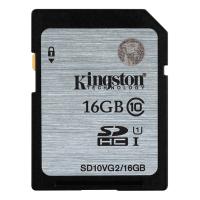
There are no comments for this blog.